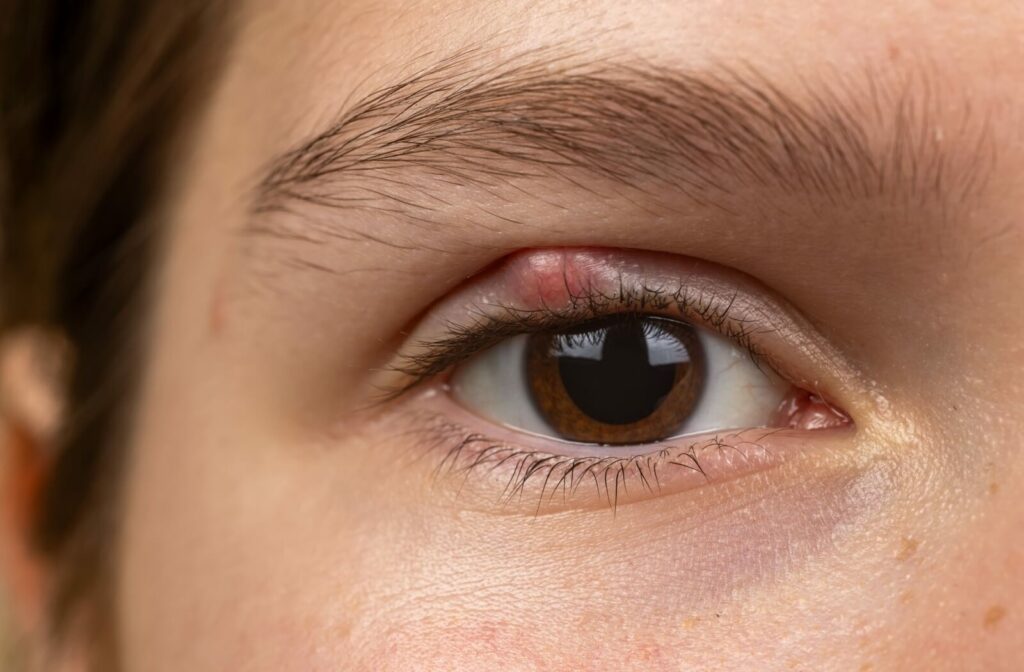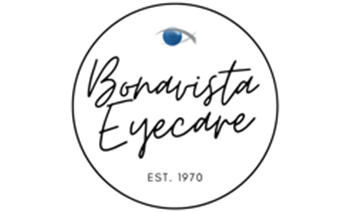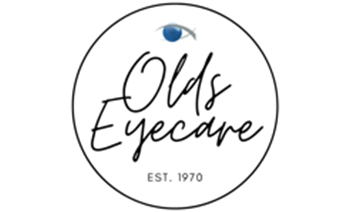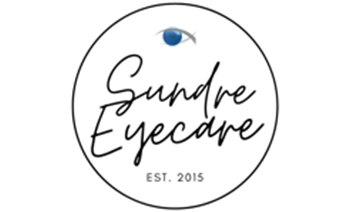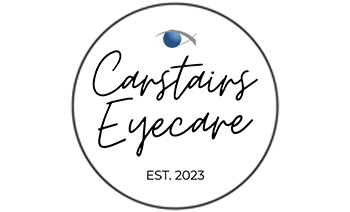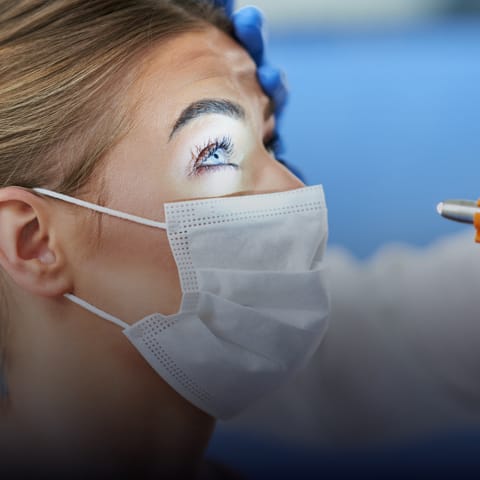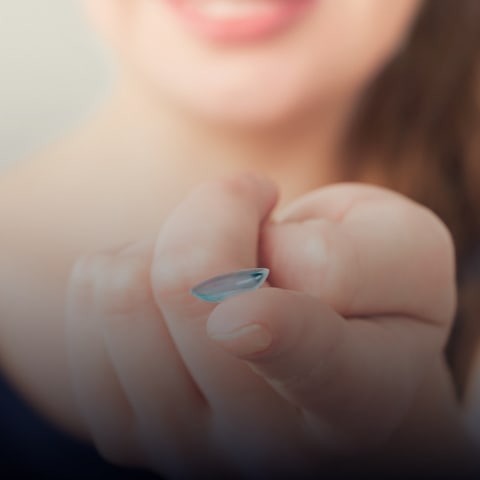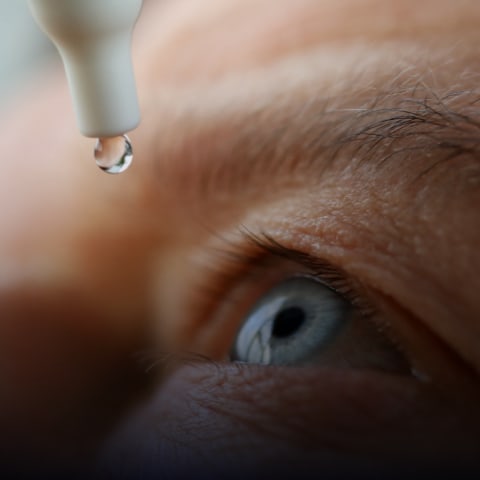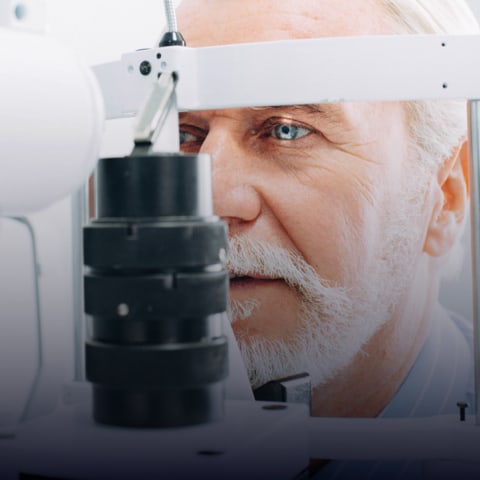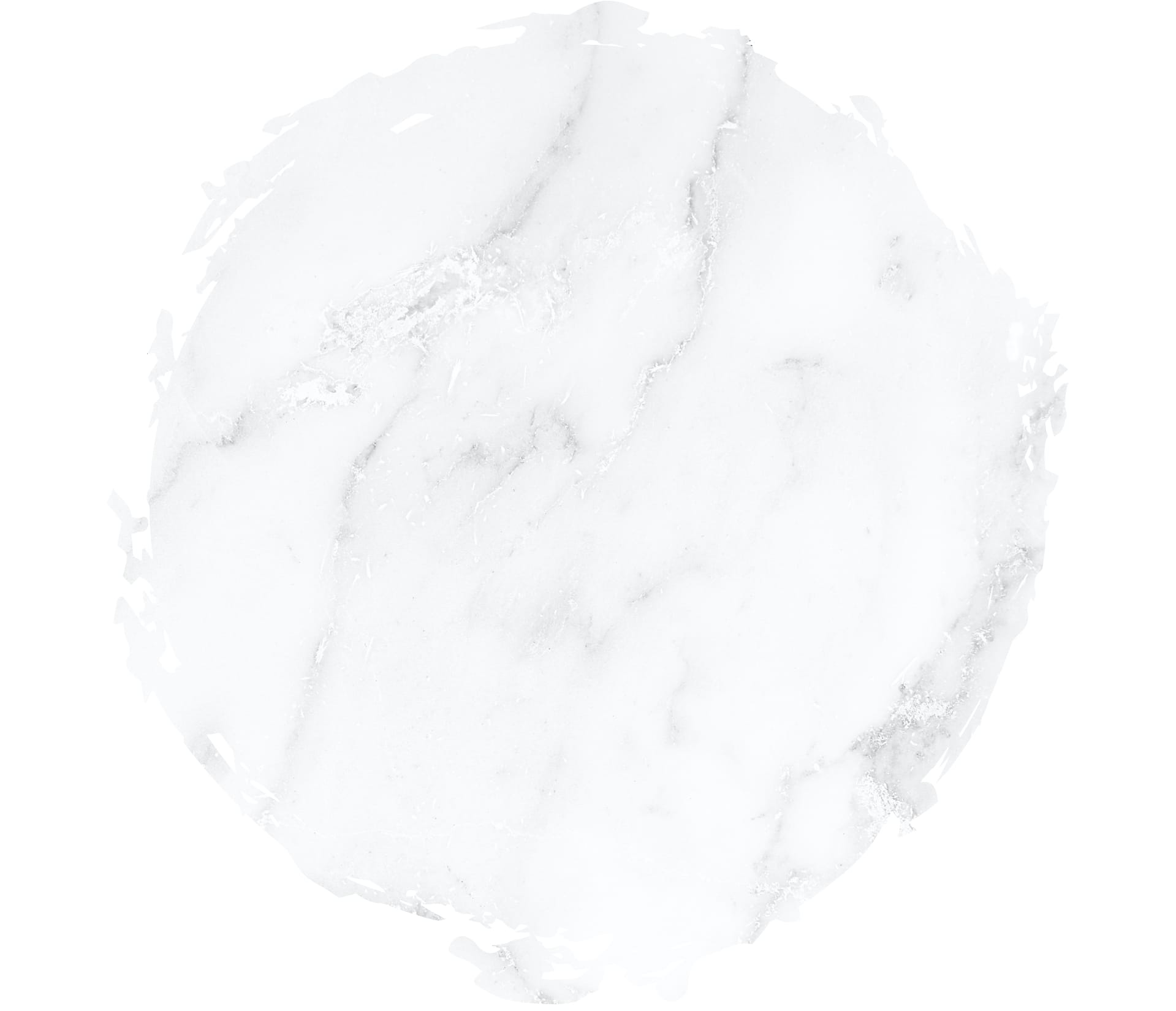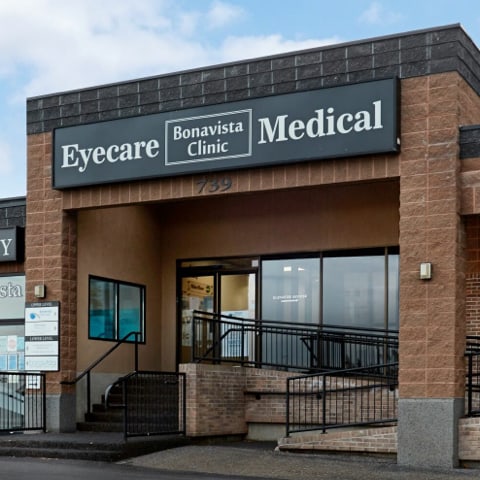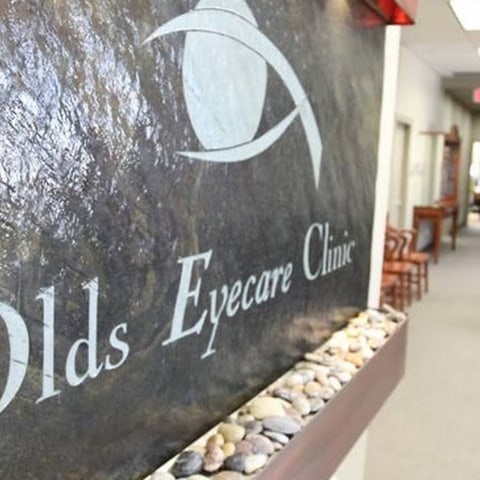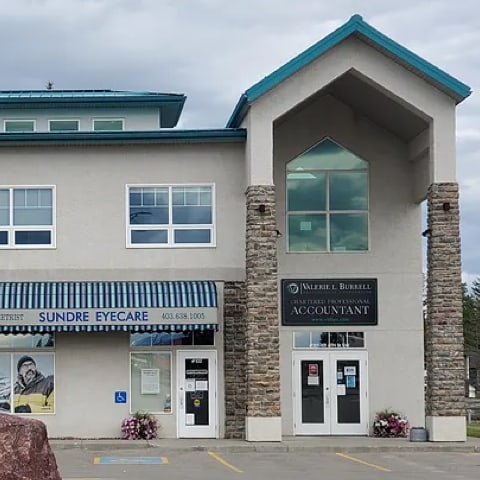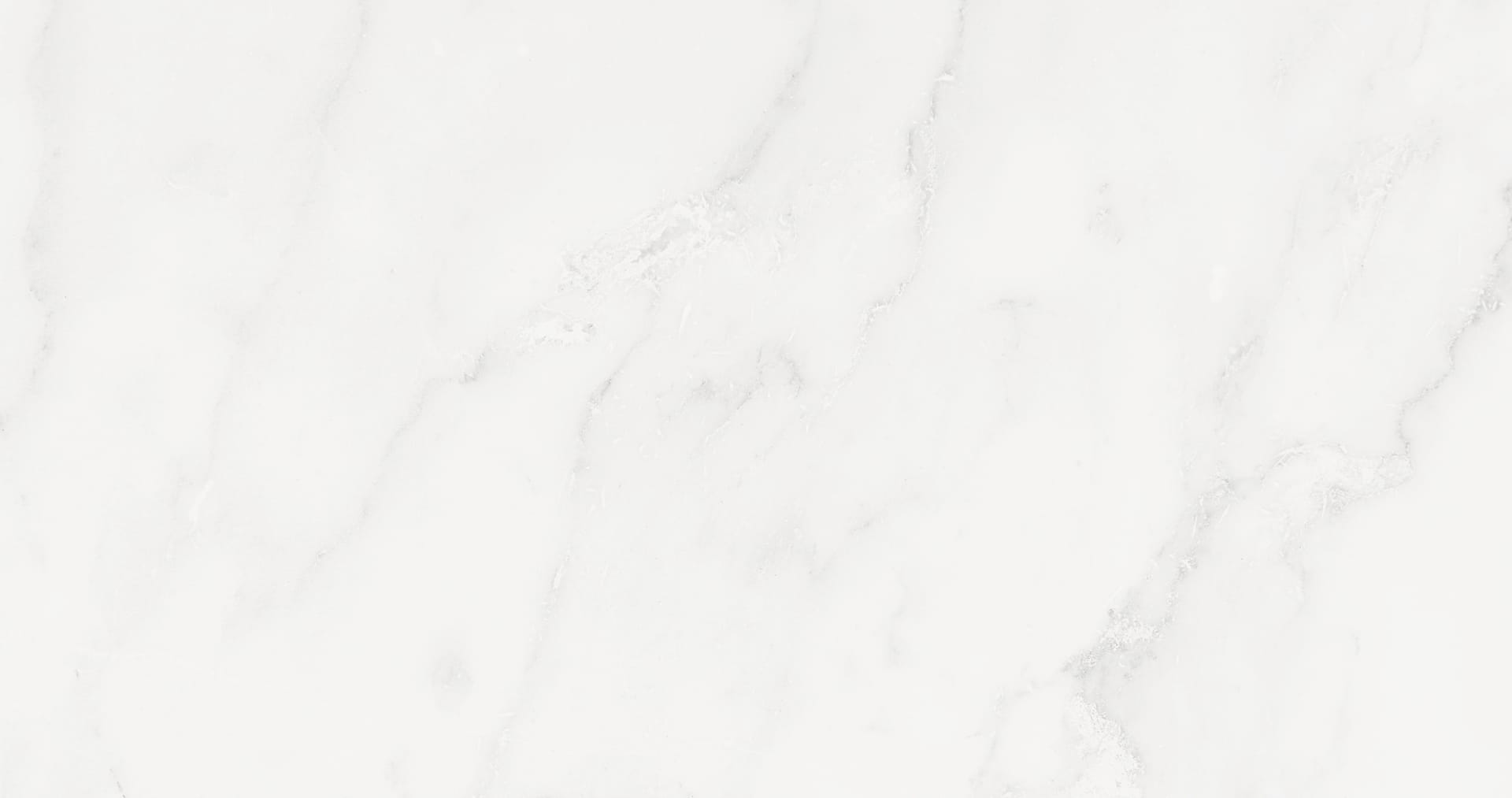A stye is a painful red bump on your eyelid. Styes are usually caused by bacterial infections. But can stress cause a stye?
Stress might play a role in their development, but not directly. Stress can weaken your immune system, making you more susceptible to infections, including those that lead to styes.
If you develop a red bump on your eyelid, visit your eye doctor. They can provide a proper diagnosis with the help of an eye exam and recommend treatment options.
What Are Styes?
An eye stye, also known as hordeolum, are small, painful lumps on the edge of the eyelid. It results when a blocked oil-producing gland in the eyelid becomes infected by bacteria, specifically Staphylococcus. Styes are painful and can develop around the eyelid, such as on or inside the edge of the eyelid.
Symptoms of a stye include:
- Redness
- Swelling
- Tenderness
- Pus-filled bump or pimple
- Light sensitivity
- Foreign body sensation in the eye
- Gritty feeling
- Watery eye
- Crusting on the eyelid’s edge
Common Causes of Eye Styes
While stress is a contributing factor, other factors can also lead to the development of eye styes. Understanding these causes can help you take preventative measures:
- Poor hygiene: Not washing your hands regularly or touching your eyes with dirty hands can introduce bacteria to your eyelids.
- Makeup: Using contaminated makeup or leaving makeup on overnight can increase the risk of bacteria.
- Contact lenses: Wearing expired contacts, not cleaning contact lenses properly, wearing contacts while sleeping, and reusing disposable contacts can increase the risk of infection.
- Underlying health conditions: Diabetes and skin conditions like rosacea can make you more prone to developing styes.
- Chronic blepharitis: Inflammation of the eyelids can lead to recurring styes.
When you address these common causes, you can reduce your risk of developing eye styes and maintain better eye health.
Are Eye Styes Caused by Stress?
Stress is a part of life, but how does it affect your body? When you’re stressed, your body releases hormones, such as norepinephrine, that attract bacteria to susceptible areas of the body.
While stress isn’t a direct cause of eye styes, it can contribute to their development. Stress can weaken immune function, making it easier for infections to take hold.
Additionally, stress can affect your sleep quality, leading to poor rest and weakening your immune defences. A lowered immune system with low-quality sleep combined with frequently touching your eyes from being tired can create the perfect environment for an increased risk of styes.
Tips for Managing Stress & Preventing Styes
Managing stress is vital for your overall well-being and can reduce the occurrence of eye styes. Here are some actionable tips to prevent styes:
- Practice mindfulness: Techniques like meditation and deep breathing exercises can help calm your mind and reduce stress.
- Stay active: Regular physical activity can boost your mood and energy levels, helping to combat stress.
- Get quality sleep: Aim for 7-8 hours of sleep per night to make sure your body gets the rest it needs to function optimally.
- Always wash your hands thoroughly before touching your eyes.
- Only use contact lenses that have been properly cleaned and disinfected.
- Change your pillowcases regularly.
- Don’t reuse disposable contact lenses.
- Don’t share makeup, throw away expired makeup products, and don’t sleep with makeup on.
Implementing these strategies can significantly improve your ability to manage stress and may reduce your risk of developing eye styes.
Treatment for Styes
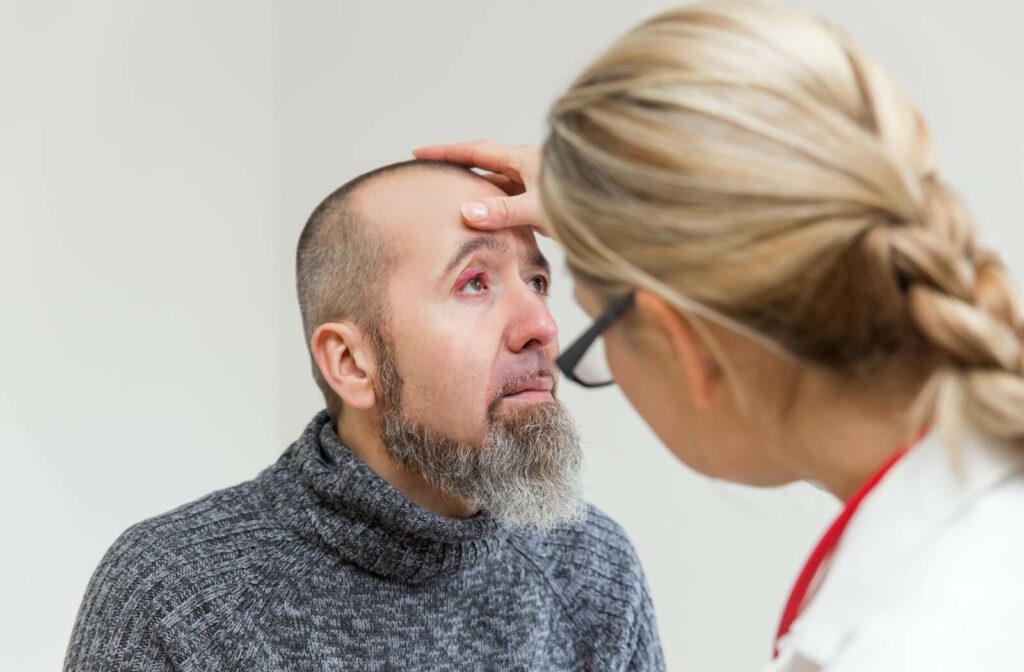
Treatment for eye styes depends on the severity and location of the stye. You can treat mild cases at home with warm compresses applied for 15 minutes 3 to 4 times a day and over-the-counter pain relievers.
When the stye has come to a head, your eye doctor may need to drain the stye or prescribe antibiotics to treat any underlying infection. It’s crucial to follow their instructions carefully and complete the full course of treatment to avoid recurrence.
When to Seek Professional Help
If you suspect you have a stye, it helps to know when to seek professional help. Here are some signs that it’s time to consult your eye doctor:
- Persistent pain and swelling: If the stye doesn’t improve after a few days or continues to cause significant discomfort.
- Vision problems: Any changes in your vision or experiencing blurred vision should be evaluated.
- Recurring styes: If you frequently develop styes, your eye doctor can help identify any underlying issues and provide appropriate treatment.
Don’t wait for the problem to worsen. Seeking professional help as soon as possible can help you get treatment early and prevent complications.
Preventing Styes for Healthy Eyes
Stress doesn’t directly cause eye styes, but it can weaken your immune system and increase your susceptibility to infections. By understanding the potential link between stress and eye styes, you can take proactive steps to manage stress and reduce your risk of infection to maintain overall health.
If you’re concerned about eye styes, book an eye exam with the Eyecare Clinics for personalized advice and treatment options to help you maintain healthy eyes.


